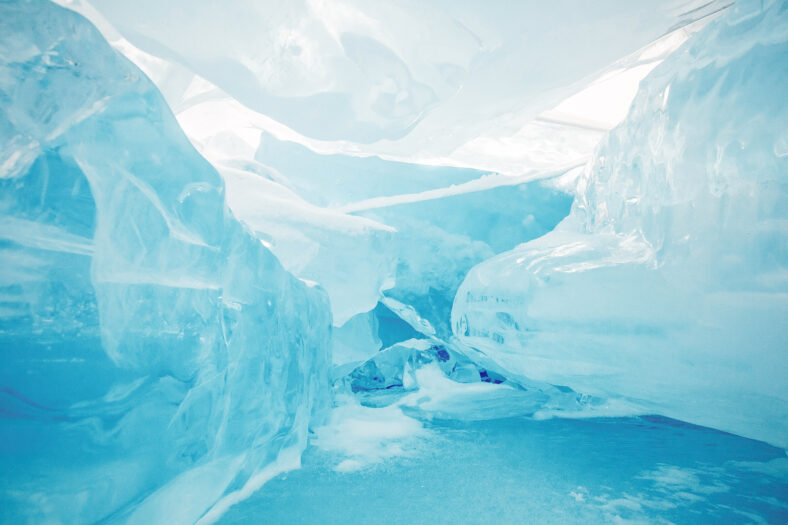Plastic Pollution Has Been Found In Remote Glaciers, Highlighting Its Pervasive Nature

Even in remote and seemingly pristine glaciers, plastic pollution has managed to find its way there, highlighting its pervasive nature.
In a new study, scientists collaborated with trained mountaineers to sample surface snow in areas that would otherwise be inaccessible to them.
They found nanoplastics in five out of 14 glacier sites at high altitudes. Concentrations ranged from two to 80 nanograms per milliliter of snow.
The most common types of nanoplastics detected were tire wear particles, which made up 41 percent of the pollution, polystyrene at 28 percent, and polyethylene at 12 percent.
Previous studies have uncovered evidence of microplastics in remote regions around the world. If microplastics are present, it is likely that nanoplastics are as well.
Atmospheric transport has been known to bring microplastics to remote regions. The same probably goes for nanoplastics, which are even smaller in size and weight.
“To simulate how the nanoplastic particles traveled through the air to the sampling sites, we used a so-called Lagrangian dispersion model. Thus, we found that their primary sources were regions west of the Alps, including France, Spain, and Switzerland,” said Nikolaos Evangeliou, one of the study authors.
“Our findings merely show that plastic pollution on a micro- and nano-scale may be more widespread than earlier assumed. Due to their minuscule size, these particles have large potential to be transported through the atmosphere over long distances, contributing to global pollution.”
In the future, studies will focus on using more thorough sampling and analysis methods to gain a better understanding of the distribution and origins of nanoplastics.

Sign up for Chip Chick’s newsletter and get stories like this delivered to your inbox.
Scientists are concerned about the effects that nanoplastic particles in glaciers can have on the environment and human health, especially since they can infiltrate water sources and food chains.
The findings inspired the launch of the Global Atmospheric Plastics Survey (GAPS), a research project that aims to create a comprehensive picture of the spread of micro- and nanoplastic pollution around the world.
For this project, a total of 50 expedition teams will gather samples from high-altitude locations across the globe.
Already, seven of the expeditions have been completed. Samples were collected from teams in the Tian Shan mountains in central Asia, the Himlung Himal in Nepal, the Rwenzori mountains between Congo and Uganda, and the South Pole. This project is one of the most extensive mountaineering and scientific expeditions ever.
Micro- and nanoplastics pollution is a widely known environmental issue. Much research has been done to gauge just how much plastic has been released into the environment and the negative effects it has on organisms.
Generally, nanoplastics are defined by a size of less than one micrometer in at least one dimension. The primary source of nanoplastic pollution is the degradation of macro- and microplastics.
The study was published in Scientific Reports.
More About:News